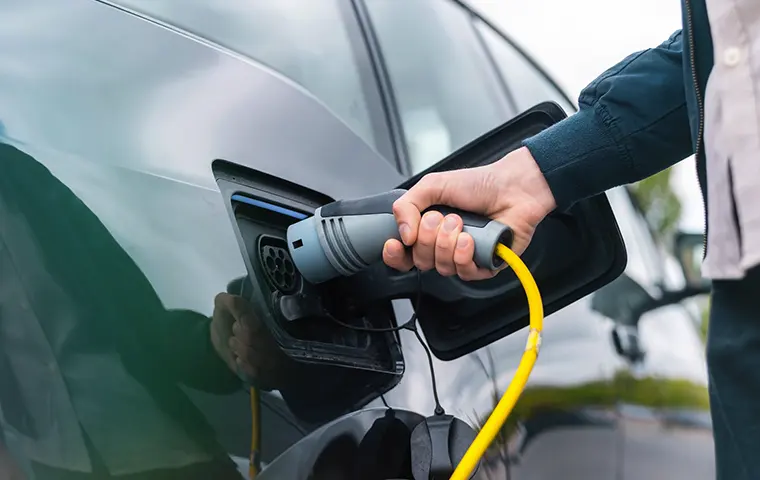If you’re an environmentally-conscious fleet, you’ve likely considered electric vehicles for your business. However, you may be wondering about the different types of electric vehicles. There are three types of electric vehicles, which are differentiated based on how they receive power. Let’s explore these different types of electric vehicles.
How Do Electric Vehicles Differ from Standard Engines?
As the name suggests, electric vehicles run at least partly on electricity instead of gasoline or diesel. This means that these vehicles do not emit exhaust or cause air pollution. The three types of electric vehicles you may come across include:
- BEVs: battery electric vehicles
- PHEVs: plug-in hybrid electric vehicles
- HEVs: hybrid electric vehicles.
Electric vehicles run on lithium-ion batteries. Therefore, they start much faster than combustion-engine vehicles.
What are the Three Types of Electric Vehicles?
Let’s break down the three types of vehicles we mentioned earlier, starting with BEVs. These are fully electric vehicles that feature rechargeable batteries and no gasoline engine. Some examples of this type of vehicle include:
- Tesla Model 3
- BMW i3
- Chevrolet Bolt
- Chevrolet Spark
- Nissan LEAF
- Ford Focus Electric
- Hyundai Ioniq
- Kia Soul
- Tesla Model S
- Tesla Model X
- Toyota Rav4
- Volkswagen e-Golf.
Meanwhile, a PHEV has two different ways of recharging the battery. You can plug it into an external power source or use a practice called regenerative braking. Regenerative braking is a process that reverses electric motors that propel a car to feed energy back into it. Some examples of PHEVs include:
- Chevy Volt
- Chrysler Pacifica
- Ford C-Max Energi
- Ford Fusion Energi
- Mercedes C350e
- Audi A3 E-Tron
- BMW 330e
- Fiat 500e
- Hyundai Sonata
- Kia Optima
- Porsche Panamera S E-hybrid
- Toyota Prius
- Volvo XC90 T-8.
Finally, HEVs have gas-powered engines as well as batteries. They use regenerative braking to power their engines as well. Some HEVs include:
- Toyota Prius Hybrid
- Honda Civic Hybrid
- Toyota Camry Hybrid.
What Kinds of Fleets Can Use Electric Vehicles?
Electric vehicles are becoming more popular with fleets in the government sector. This is because government fleets have high standards for environmental and sustainability management. However, any organization that uses light-duty vehicles can take on electric vehicles to replace their gas-powered ones. The vehicles have a range of 200-350 miles, so fleets that work within that distance can get a lot of use out of electric vehicles.
Learn More About Electric Vehicles
If you’re considering switching to electric vehicles for your fleet, check out our blog for more information! Some blog articles that might interest you include:
Considering an Electric Vehicle Fleet? 5 Things to Know
Will Large Vehicle Fleets Ever Go Electric?
Reduce Costs with Fleet Electrification
Azuga is at the forefront of fleet technology, and we hope to provide the information you need to make informed business decisions. Continue checking up on our blog for updates in the electric vehicle industry.








